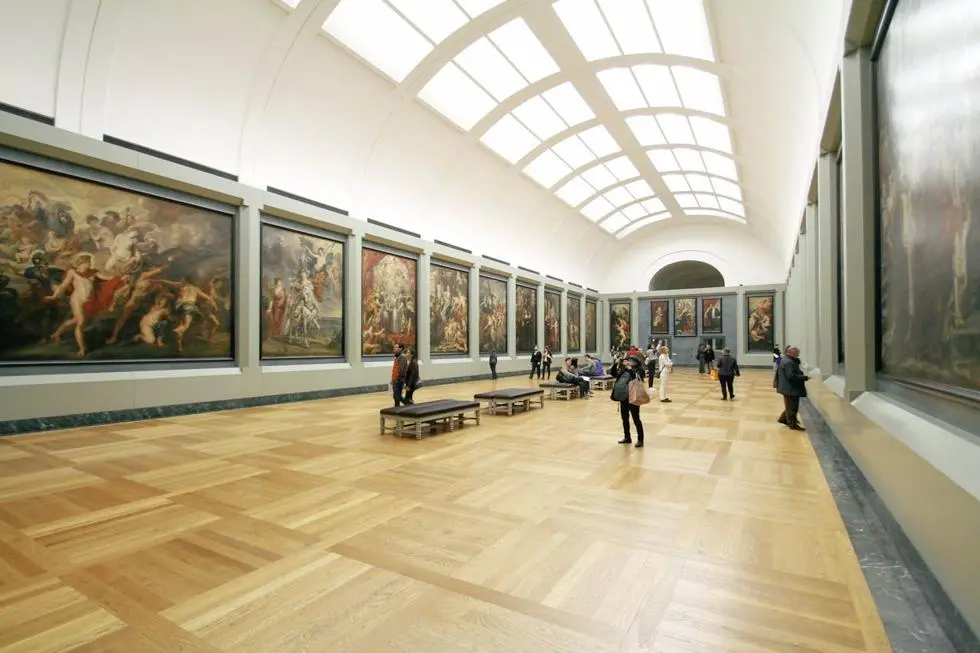
For museums, security is not just about safeguarding physical assets; it’s about preserving history and culture for future generations. As caretakers of invaluable artifacts, museums face unique challenges that demand innovative solutions. In this post, you’ll learn several strategies that museums can employ to enhance their security measures, ensuring their collections are protected against theft, vandalism, and other threats.
Understanding the Risks
The first step in protecting museum artifacts is understanding the specific risks they face. These can range from natural disasters and environmental hazards to theft and vandalism. Each museum is unique, with its own set of challenges based on location, the nature of its collection, and its architectural design. Conducting a comprehensive risk assessment is crucial in identifying potential vulnerabilities and developing custom security solutions.
Integrating Advanced Security Technologies
Advancements in technology have revolutionized museum security. High-definition surveillance cameras, motion detectors, and advanced alarm systems are now standard tools in the fight against theft and vandalism. These technologies not only act as deterrents but also provide critical information in the event of an incident.
However, technology alone is not a panacea. It should be integrated into a broader security strategy that includes physical measures, such as ID card systems, robust locking mechanisms, special ID badges for security personnel, and secure display cases, as well as organizational policies that promote security awareness among staff and visitors.
Training and Vigilance
Human factors play a significant role in museum security. Regular training for museum staff on security protocols and emergency response procedures is essential. Employees should be vigilant and aware of their surroundings, able to identify suspicious behaviour and know how to react in various scenarios.
Volunteers and security personnel should be trained to interact with visitors in a way that enhances security without detracting from the museum experience. Friendly, knowledgeable staff can deter potential threats while providing a welcoming environment for guests.
Collaboration and Community Engagement
Building relationships with local law enforcement and other cultural institutions can enhance museum security. Sharing information and resources can lead to better preparedness and faster response times in case of an emergency. Community engagement is also crucial; a museum that is an integral part of its community is less likely to be targeted by vandals or thieves.
Cybersecurity Measures
Museums store a wealth of sensitive information, from donor records to the details of their collections. Implementing robust cybersecurity measures, including secure networks, regular software updates, and staff training on digital security practices, is essential in safeguarding this information.
Conclusion
Securing museum artifacts is a complex, multifaceted challenge that requires a comprehensive approach. By understanding the risks, integrating advanced technologies, fostering vigilance among staff, collaborating with the community, maintaining environmental controls, and protecting against cyber threats, museums can create a secure environment that preserves our cultural heritage for future generations.
